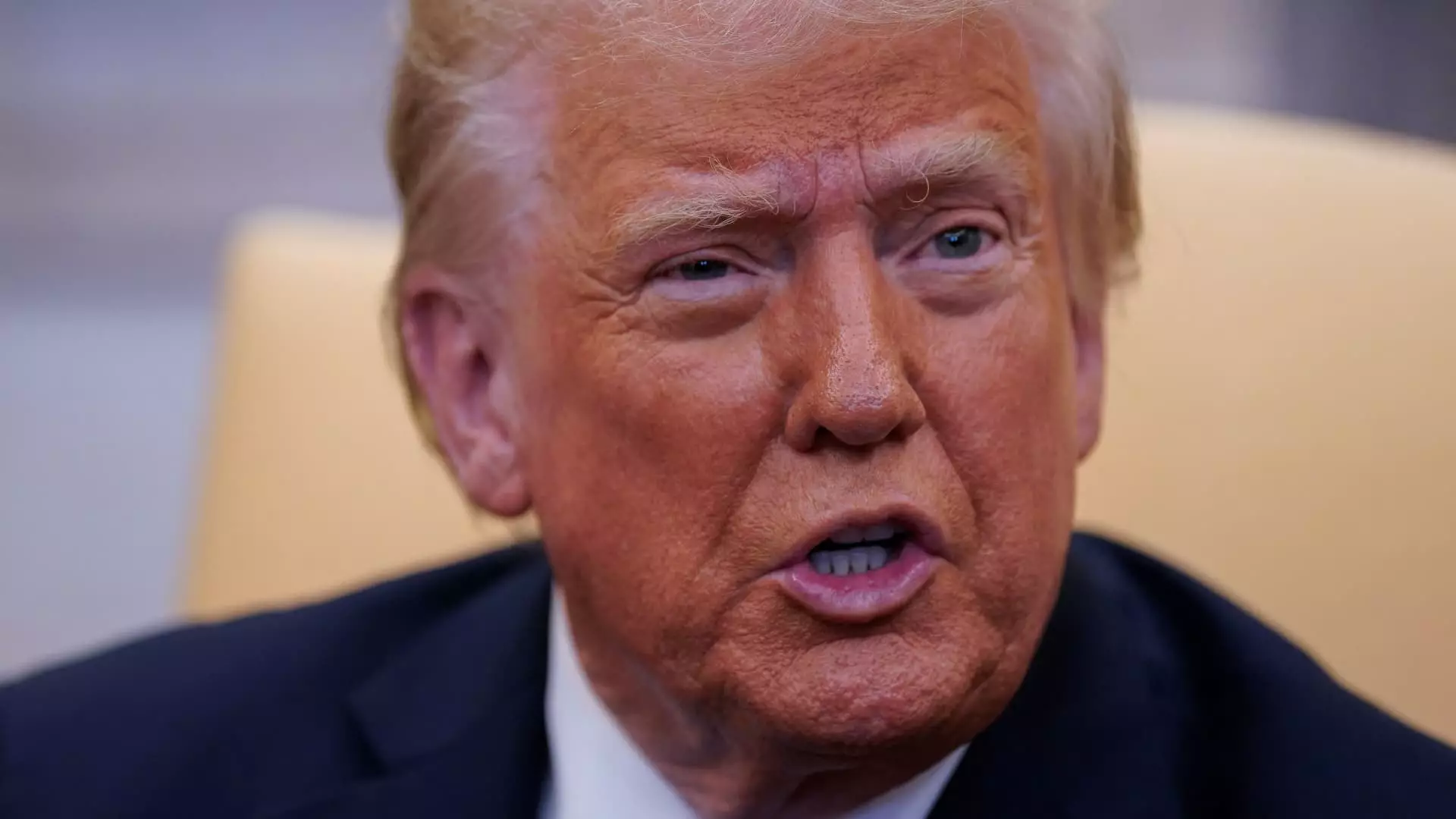The recent announcement from President Donald Trump regarding a halt to the production of new pennies is both intriguing and indicative of broader economic strategies. In a post on Truth Social, Trump claimed that the continual minting of pennies, which costs the government more than their actual value, is a significant waste. His directive to the Secretary of the U.S. Treasury aligns with a sentiment growing among some economists that the penny’s practical utility has diminished over the years. However, a deeper exploration of this issue reveals complexities not initially evident in the president’s pronouncement.
One vital aspect that warrants scrutiny is the constitutional element surrounding the minting of coins. The U.S. Constitution grants Congress exclusive power over coinage, a fact that raises questions about the president’s authority to unilaterally halt the production of the penny. While historical precedent exists wherein the Treasury has had autonomy over coin issuance, this particular case could trigger legal challenges that question the boundaries of executive power. The implications of this move extend beyond mere economics into the domain of constitutional law, showcasing a possible conflict between executive intentions and legislative authority.
Analysts, such as Jaret Seiberg from TD Cowen, suggest that Trump’s order might pass judicial scrutiny, potentially leading to a real shortage of pennies. This scenario would be consequential, possibly forcing businesses to pay higher bank fees for coins while inflicting practical difficulties in everyday transactions for both consumers and merchants. Such economic ripples might inadvertently accelerate the transition towards electronic transactions, presenting a silver lining for digital payment companies like Visa and Mastercard. It indicates a potential pivot in the financial landscape, as the need for physical currency continues to wane.
Moreover, the production costs associated with pennies illuminate a glaring inefficiency within the Mint. In the most recent fiscal report, it was disclosed that the Mint spends approximately 3.69 cents for each penny produced. This marks 19 consecutive years where manufacturing a penny surpasses its nominal value. The broader point here is that while discarding the penny may streamline some aspects of government spending, it also introduces a pressing question: what alternatives should replace such coins? Could a move towards a system without pennies, or even nickels, be on the horizon?
In essence, Trump’s proposal to stop the minting of pennies could symbolize a larger, evolving paradigm in American financial practices. It challenges long-standing traditions associated with currency while inviting both economic efficiencies and legal debates. As we navigate this pivotal moment, it will be critical for lawmakers and financial institutions to engage collaboratively in discussions that could redefine the future of currency in the United States, balancing both innovation and constitutional integrity in the process. The penny’s fate may indeed be a small component of a much larger transformation in our economy.

